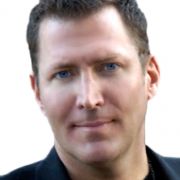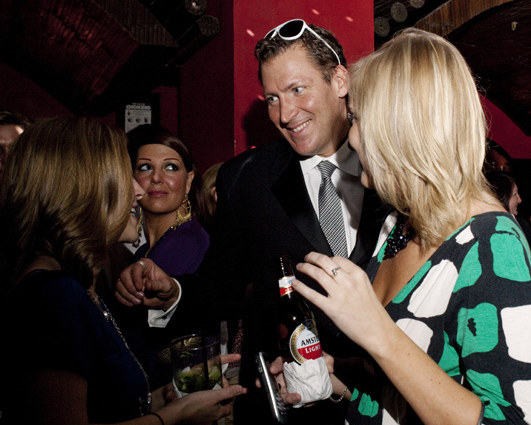
these "inner resources" can be divided into THREE BASIC INTERLOCKING FUNCTIONS: which are our wise DECISION-MAKING function, our INTELLECTUAL use of information, and our management of our EMOTIONAL ENERGY toward the buildup of self-esteem.Īll five of these "interlocking pieces" in this new model, once mastered, can be combined seamlessly to earn oneself what's called Durable Fulfillment.

What the boundary contains is truly everything that makes a person who he or she is. The boundary is very complex, but its basic psychological function is that enables us to keep good stuff in and bad stuff out by the management of DOORS, which we open to "win-win" deals with the world, and but which we can SLAM SHUT to "win-lose" type deals. Paul refers to by it's Freudian, technical name of OBSERVING EGO. There's 3 INNER RESOURCES, contained by a 4th function called the BOUNDARY, which is monitored by a 5the, holographic "watching eye" type function that Dr. and then of course i need to, and plan to, learn to have a sophisticated enough BOUNDARY to keep all that good emotional energy in, once i've learned to earn it.
MORE LIKE DR PAUL DOBRANSKY HOW TO
Well, there's much to be said about the other parts of psychology, but for me the EMOTIONAL ENERGY USE is the most pressing: i need to learn how to be assertive rather than aggressive or whiny, how to do the right things in the long run even though i'm terrified they won't work (or just too lazy to believe in myself and be courageous). When your needs aren't being met, you get assertive, not whiney, and go get your needs met, independantly, without crying about it OR hurting or stepping on others (which is AGGRESSIVE, not ASSERTIVE). Like a dog who gets angry when you step on its tail, or, if it's a more "passive," more beaten down dog, one that just whines and cries sadly when it's hurt: either way anger and sadness are about fixing it when our need for safety and freedom from pain and other basic needs aren't being met.īut i don't recommend whining when we feel hurt or neglected by others, because that is a CHILDLIKE mode, and this entire post is about MATURITY, and how to get it. I bet you can guess how we "get" well-being: how we MANUFACTURE it for ourselves.ĪNGER, and it's suppressed equivalent SADNESS, are our biology's way of saying "You aren't getting your body's needs met: go get ASSERTIVE and GET ME SOME FOOD/LOVE/REST/PEACE/HARMONY/WATER/FRIENDSHIP/WHATEVER."Īnger is our brain's way of MOTIVATING us to "get assertive" and go get our needs MET. Now for the other positive emotion: what Dr. Here's the fun part: we now get ONE-HUNDRED-THOUSAND "units" of COURAGE - if of course we know in our heart of hearts that the marriage wasn't really going to get better, and that it was truly the best thing to leave it and start over:īy doing the "best thing" we can see to do - no matter how terrifying - we transform our fears into something healthy. So if we, say, leave an unhealthy marriage with an abusive partner, then let's call that 100,000 units of courage (starting a whole new life). When we "do courage," then however much courage we do, unit for unit, transforms our FEAR into CONFIDENCE. ironically, anxiety is just confidence in it's unmanifested state: fear is nature's way of telling us that we need some COURAGE. You can take ANY type of "anxiety" or fear (or any negative feeling that's MORE fearful than "angry"), and TRANSFORM it INTO confidence. Negative emotions are either more toward anger/sadness, or more toward fear/anxiety: all unpleasant emotions can be placed on a "spectrum" between anger and anxiety (with absolute ambivilance in the middle and things like mild boredom CLOSE to the middle).Īll positive emotions range between confidence and what he calls "well-being." Dobransky explains how and why we make the romantic choices we make and shows how we can identify the right person for us and enjoy true love that stands the test of time.All emotional energy can be divided into POSITIVE and NEGATIVE. Drawing on real-life case studies and accessible scientific theory, Dr. By appealing to each of these three "brains" in order, we can build a relationship that will last for a lifetime.

Dobransky demonstrates how each of these stages is dealt with by a particular part of the brain. Successful romantic relationships have three phases:ĭr. Psychiatrist Paul Dobransky presents a patented, clinically proven, easy-to-follow nine-step program that can lead to lasting love.

Dobransky demonstrates how ea A scientifically proven 9-step program for understanding the dating brain and finding the love of your life Successful romantic relationships have three phases: 1. A scientifically proven 9-step program for understanding the dating brain and finding the love of your life Psychiatrist Paul Dobransky presents a patented, clinically proven, easy-to-follow nine-step program that can lead to lasting love.


 0 kommentar(er)
0 kommentar(er)
